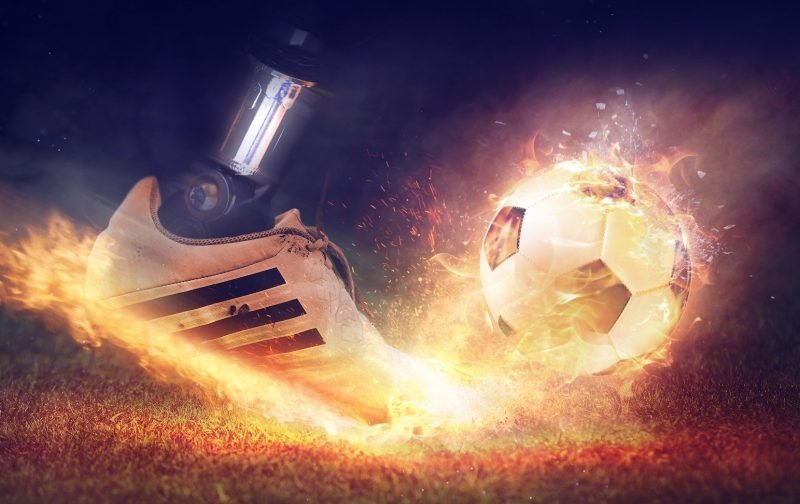In sports broadcasts, using pictures and design is not just about making the image look nice or the colours brighter. It is much more important in making the sports watching experience more interesting. By using different pictures, details, and graphic elements, broadcasters can give viewers more information and make the broadcast more fun to watch.
Today, we are going to talk about simple pictures and design elements that can make the sports watching habit even better, especially now that we have so much technology.
It makes the information clear
One of the primary purposes graphic design has in sports broadcasts is to show information clearly and quickly so that anyone can understand it. More important is to make these details intuitive enough that they are easy to identify on the TV screen and handy enough without disturbing your experience as a viewer.
Producers use scores, time clocks, players’ stats, mid-game information, and statistics like points, ball possession, faults, and many more. All these are designed to be easy to read and understand so the audience can know what is happening without missing anything important. It reminds us of the graphics used in betting, casinos or affiliate platforms like SlotsCalendar, where the user interface has a crucial role.
It offers guidance and ways of information visualisation, making the entire experience more pleasant. This is what broadcasts look forward to: providing a good experience so the audience stays entertained and informed.
Shaping the brand identity
When it comes to graphics that you, as a broadcast company, have to build from scratch, you can add as many custom details as you wish. You can shape your style and use the colours that represent your brand. Logos, colour schemes, and visual motifs are consistently used across various platforms, from broadcast graphics to merchandise, creating a cohesive and recognisable brand identity.

A consistent graphic style on the broadcast channel aids in establishing a more robust emotional bond between the audience and the brand, enhancing loyalty and support. Broadcasters can benefit from this unique style and set themselves apart from competitors, making their coverage instantly recognisable to viewers.
Storytelling techniques
Broadcasting is all about the fan experience; good storytelling will catch viewers’ attention and, most importantly, keep it that way. Storytelling is an impactful component in the sports broadcast industry; it has drama, it is full of events, and, of course, money.

Graphic design helps tell stories during sports broadcasts by emphasising important events, player backgrounds, rivalries, milestones, or even player transfers. By using creative design such as videos, images, and player profiles, broadcasts can dig deeper into the stories around the game, making it more interesting and emotionally stimulating for the audience.
Social media
No matter what type of business you have, if you are not online, you should be. Social media is significant in how sports are consumed and discussed in today’s digital age. Graphic design bridges the broadcast experience with social media platforms by creating shareable content, such as highlights, memes, and infographics.
This extends the broadcast’s reach beyond traditional viewing channels and fosters a community among fans, encouraging interaction and discussion.
Would you still watch your favourite games with no graphics on the screen?
Let’s end this with a quick exercise that might help you realise how important graphics are for broadcasters. Would you still watch the live matches if there was no score, details about players, team stats, and all the other information on the screen?
Or try to identify the thing you like the most that would be impossible without the graphics the production team added. Is that a game-changer?
Image Source: unsplash.com

